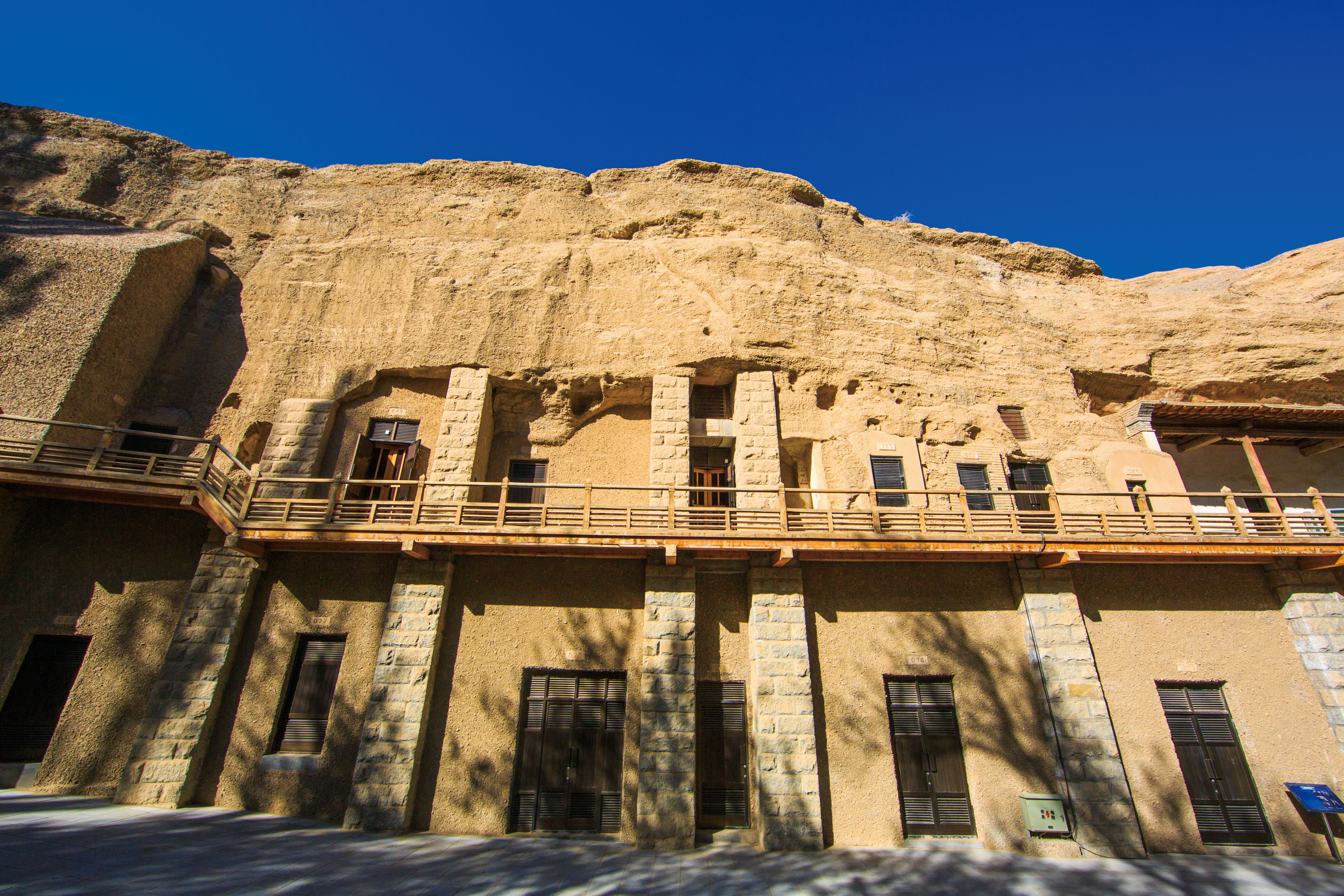How is it possible that the strata, which were formed hundreds of thousands of years ago and buried deep underground, can rise more than 40 meters above the water surface of the Dangquan River (also known as the Daquan River) and create steep walls? To understand the reason behind this phenomenon, it is essential to comprehend that the earth we inhabit experiences constant diastrophism, including frequent earthquakes and volcanic eruptions. The orogenic movement to be discussed here is a specific form of diastrophism. Due to the orogenic movement in the Qilian Mountains on the southern side of the Mogao Grottoes, this area has been gradually rising for tens of thousands of years. The water of the Daquan River cut and eroded downwards, which leads to the elevation of the Jiuquan and Gobi formations that were previously buried deep underground. These formations formed cliffs, which occasionally collapse, along the river valley. This process occurred thrice in this location, resulting in the formation of three geomorphic steps, also known as three-level river terraces. The precipice of each step signifies an uplift, and each step itself represents a phase of crustal stability. The creation of towering cliffs, rising to a height of 40–50 meters, is the culmination of both the down-cutting erosive forces of the Daquan River and the significant uplift brought about by the orogenic movement in the Qilian Mountains.

 简体中文
简体中文
